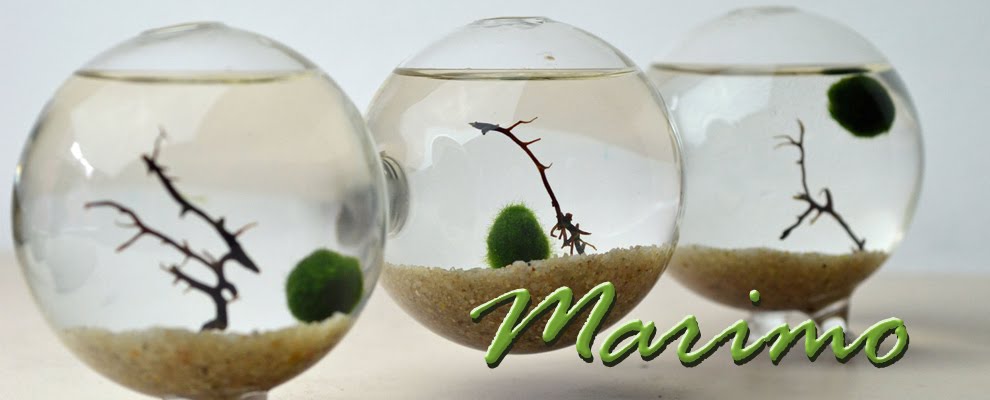YOU want the presents you give and receive to have meaning, be something valuable and environmentally-friendly. Yet, nothing seems to fit the bill.
Well, there are marimo balls, a species of green algae with a velvety texture. Nigel Koo, who imports it from Japan, says its botanical name is Aegagropila linnaaei. These are spherical in shape, with no roots or leaves. He holds one out and says: “Look. It’s just like a ball of moss.”
In the 19th Century, Japanese botanist Tatsuhiko Kawakami came up with the name marimo (‘mari’ is a shortened version of temari meaning handball and ‘mo’ is a generic term for aquatic plants).
The name is also inspired by the way the algae balls move in the waters of Japan’s Lake Akan. They sometimes bounce off the many layers of algae that grow at the bottom of the lake.
Marimo balls are also found in Estonia, Iceland and Scotland but it was the Japanese who made marimo balls their national treasure and popularised them. Indeed, says Koo, marimo balls play an important part in the lives of the Ainu (indigenous people of Hokkaido).
Every October, the Ainu holds a Marimo Matsuri (Spherical Algae Festival) which lasts three days. It is both a celebration of and a thanksgiving to Mother Nature for her bounty and blessings.
LOVE EVERLASTING
He adds: “One woman was looking for love for years. When I met her a month after she bought marimo balls, she told me she was getting married.”
Koo insists that marimo balls make the perfect ‘pet’.
SPECIALLY DESIGNED BOTTLES
Koo hopes to expand his business to include selling marimo balls all over the country and abroad.
There is a fairytale behind marimo balls. About 100 years ago, on the island of Hokkaido, there lived a young girl whose father was the head of a village near Lake Akan. The girl’s marriage had been arranged but unfortunately, she fell in love with a commoner and they ran away together. When the lovers reached Lake Akan, they jumped in. They then metamorphosed into little marimo balls and lived happily ever after.
Koo balks at the suggestion that it is mere coincidence that marimo balls bring luck, love and happiness. He says there had been customers who won the lottery after buying marimo balls.
Don’t, for a minute, think that owning a marimo ball is a short-term investment of your time, money and love. They don’t grow fast. In fact, a marimo ball increases in diameter by a mere 0.5cm a year.
Koo has so many in his own collection that he has labelled them according to size: Nano consists of marimo balls that are no more than 1.5cm in diameter, followed by Junior (2-3cm), Giant (4-5cm) and finally, Jumbo (6-7cm). Marimo balls cost between RM25 and RM120 each.
He says: “They are very easy to keep. Since they are algae, not plants, you cannot give them fertiliser or they’ll die. They don’t need special lighting to grow and they don’t even eat. They just move around in the tank and are perfect for those who have no time to look after a pet.”
His interest in marimo balls is relatively recent. He first came across them on the Internet in June. Curious, he bought a few online and when they arrived, he was fascinated. Recognising their potential, the 36-year-old former principal and lecturer at a private design college, started a full-time business selling marimo balls.
With a following on Facebook (www.facebook.com/marimoclub) that has reached nearly 1,000 people, his initial investment of RM20,000 is already seeing a profit.
“Recently, I supplied a couple with marimo balls as wedding favours for their guests,” says Koo.
What makes his products special is that he personalises the bottles used for keeping the marimo balls. For the recent Christmas season, he created a series of festive bottles for marimo balls of various sizes such as Jingle Bell (small bottles with coloured bells — green, red, blue, purple and pink — attached) and Christmas Bell (bottles with a golden bell attached).
You can also get Love Bottle which has “blessings of love” inside, Korean Bottle with Korean verses embossed on the outside and Sea Tree Bottle with a miniature tree inside.









